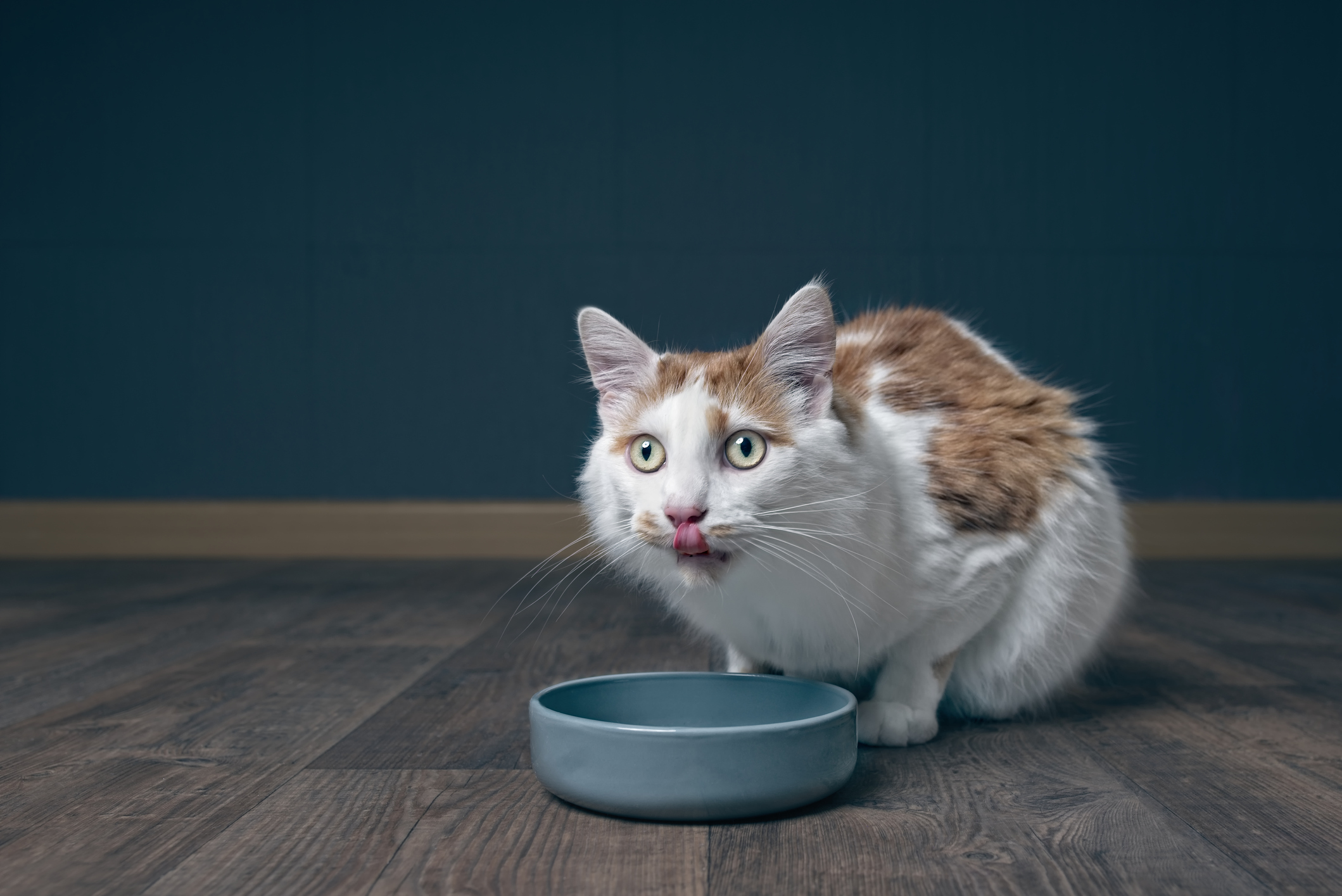
Is Your Home's Layout Causing Your Kitty Stress?
Cats are particular creatures. At times they may seem comfortable and outgoing, but at others, they might get spooked by seemingly small things. This is why it can be so difficult to pinpoint the exact cause of stress if your feline friend appears more anxious than usual.
While many things can lead to stress in cats—from new family members or pets to loud gatherings to separation anxiety—a few sources of stress many pet parents don’t consider have to do with the way your cat navigates your home. Your home’s layout might actually be putting your cat in uncomfortable situations day in and day out, leading to unmanaged stress.
Fortunately, once you notice that your kitty is stressed out, you can help make them more comfortable with just a few easy changes. If you’ve spotted signs of anxiety and stress in your cat, one of these household sources might be the culprit.
Litter box location
One of the most frustrating cat problems that might be related to stress is inappropriate urination or defecation. If your kitty is doing their business outside the litter box and is also displaying signs of anxiety, the problem might actually be where the box is placed.
Litter boxes that are kept in loud, highly trafficked or other busy areas of the home might be unappealing to your cat, who probably wants to “go” in private. This might push your stressed-out cat to find other, quieter places to relieve themselves.
Try relocating the litter box to a quieter, more secluded area of your home. Hopefully, this will encourage your cat to use it properly. However, if the issues continue, your cat might actually be experiencing a urinary tract or bowel problem and should see a vet.
Food bowl location

Despite it being many cats’ favorite part of the day, mealtime is another thing that can lead to feline anxiety. The reason for this is because of the placement of your cat’s bowls.
Feeding your cat in an area of the home that’s loud or where a lot of people walk through can make eating less pleasant for them. They might be overwhelmed by the things happening around them and be unable to eat, choosing to ignore their meals in order to hide.
The same problem might occur if you’re feeding multiple pets too closely together. Pets can sometimes experience food aggression because they feel like they need to compete for resources. Guarding their bowl or worrying about other pets nearby can be extremely stressful for a hungry cat who just wants to enjoy their meal.
Try to feed your cat in a less-trafficked area of the home where they can eat without disruption. If you have multiple pets, try to feed them in different areas of a room or in different rooms altogether. Sometimes, feeding pets just around the corner from one another can do the trick in relieving some feeding anxiety.
Places to hide
Does your home have places where your cat can retreat to and hide undisturbed? Alone time is important for many cats, whether they need a place to self-soothe or just want somewhere quiet to take a nap—especially if the rest of your home is loud or busy or if people are home a lot.
If your home lacks adequate places for your cat to hide away, they might begin to feel anxious and overwhelmed. Make sure your cat has access to quiet parts of the house away from the commotion, such as a secluded bedroom, under a bed or even a corner of a closet. If there aren’t spaces available, create one by placing their bed inside a box turned on its side, adding blankets to their open carrier or giving them access to a quiet room. When your cat is in these spaces, try to leave them alone so they don’t feel disturbed.
Layout changes
Altering the layout of your home can be even more stressful for your feline friend! Cats are quite fond of routine and not so fond of change, and this includes their environment. Moving to a new house or even making changes to the layout of your current home can disorient your kitty and make them anxious.
While it’s not possible to avoid making any home changes for your cat’s comfort, try to avoid making big changes to the location of their belongings—their litter box, bed, food bowls, etc.—to maintain some stability.
Keep an eye out for anxiety behaviors in your cat
The signs of cat stress can be difficult to spot, particularly because it usually involves hiding and sleeping. But cats might also display a number of aggressive or self-soothing behaviors when they’re stressed, including over-grooming, pacing, crying and hissing.
Hopefully, by staying vigilant about stress behaviors and making simple changes in your home, you can relieve your kitty’s anxiety and help them live a calm, more stable life.


